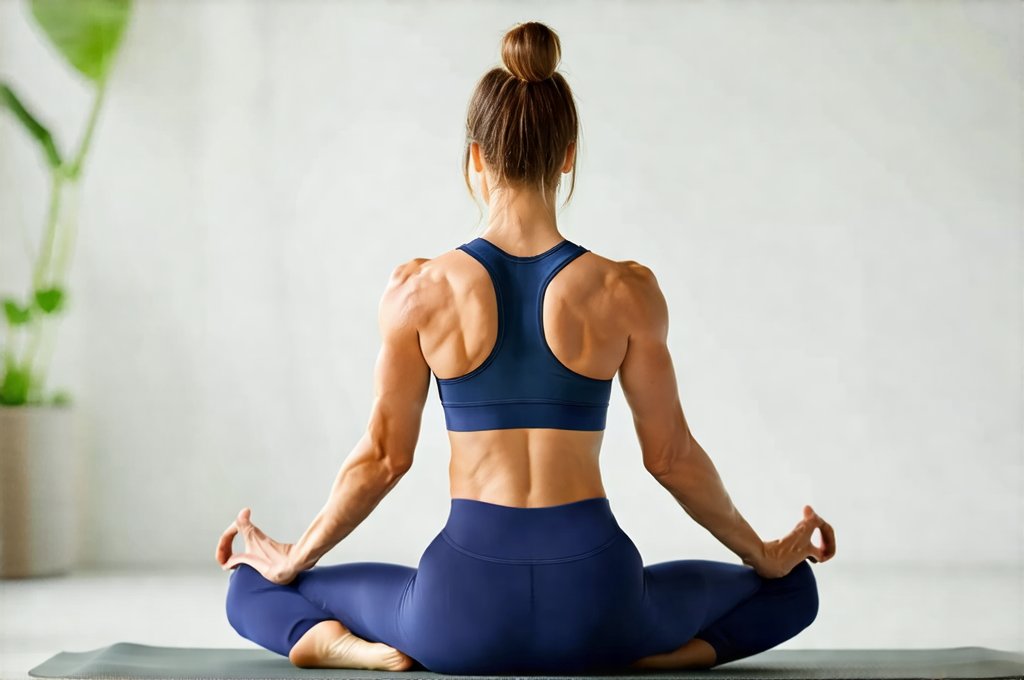Bladder support is often overlooked in fitness routines, yet incorporating specific exercises can significantly improve bladder control and reduce the risk of incontinence. Many people associate exercise with potential leakage, leading to avoidance, which paradoxically weakens pelvic floor muscles over time. However, a thoughtfully designed exercise program – one that doesn’t just focus on abdominal strength but includes holistic core engagement and mindful movement – can actually strengthen the structures supporting the bladder, urethra, and surrounding pelvic organs. This isn’t about grueling workouts; it’s about targeted movements that restore function and build resilience.
The key is understanding how our bodies are interconnected. A strong core doesn’t just mean visible abs; it means a balanced interplay between abdominal muscles, back muscles, pelvic floor muscles, and diaphragm. When these muscle groups work together efficiently, they create intra-abdominal pressure that supports the bladder. Conversely, improper breathing patterns or excessive strain on one area can put undue stress on the pelvic floor, contributing to weakness and potential problems. Therefore, a comprehensive approach is vital, considering not only what exercises you do but also how you perform them. Understanding best water intake during recovery is also essential.
Core Engagement & Pelvic Floor Connection
The foundation of bladder support lies in a strong core. However, it’s crucial to move beyond traditional crunches or sit-ups, which can actually increase intra-abdominal pressure and put stress on the pelvic floor if not performed correctly. Instead, focus on exercises that engage the deep core muscles – the transversus abdominis – without bulking up superficial abdominal layers. This muscle acts like a natural corset, providing stability and support to the lower back and pelvic organs. Pilates and yoga are excellent modalities for learning this type of engagement.
Mindful breathing is essential when performing these exercises. Diaphragmatic breathing—breathing deeply into your belly—helps activate the core and promotes relaxation in the pelvic floor muscles. Imagine drawing your navel towards your spine as you exhale, gently tightening the pelvic floor muscles without clenching or holding for extended periods. Avoid bearing down like you’re straining during a bowel movement; instead, think of a gentle lifting sensation. Consistency is key, even starting with just 5-10 minutes per day can make a significant difference over time. If flare-ups occur, consider best pain relief.
Progressive overload is also important: as your core strength increases, gradually introduce more challenging exercises, always prioritizing proper form and maintaining the pelvic floor connection. A physical therapist specializing in pelvic health can provide personalized guidance on appropriate exercises and progression based on individual needs and limitations.
Low-Impact Aerobic Exercise
While core work is fundamental, low-impact aerobic exercise plays a vital role in bladder support by improving overall circulation, reducing stress, and promoting healthy weight management – all of which indirectly benefit the pelvic floor. High-impact activities like running or jumping can place excessive pressure on the bladder, potentially exacerbating symptoms for some individuals.
Instead, consider options such as walking, swimming, cycling, elliptical training, or water aerobics. These activities provide cardiovascular benefits without significantly stressing the pelvic floor. Walking is particularly accessible and effective; aim for brisk walks several times a week. Swimming is also excellent because the buoyancy of the water reduces pressure on the bladder while providing resistance for muscle strengthening. Remember to maintain good posture during all aerobic exercises, engaging your core muscles throughout.
The intensity should be moderate—you should be able to carry on a conversation while exercising. Avoid activities that cause you to leak or feel excessive pressure in your pelvic area. If leakage occurs, reduce the intensity or modify the exercise until you can perform it without symptoms. Staying hydrated is also important; consider role of hydration for optimal recovery.
The Role of Breathing in Bladder Support
Breathing isn’t just about taking oxygen; it’s an integral part of core stability and pelvic floor function. Shallow chest breathing can lead to increased intra-abdominal pressure and strain on the pelvic floor, while diaphragmatic breathing promotes relaxation and optimal muscle engagement. Practicing mindful breathing exercises throughout the day can help you become more aware of your body and improve your ability to engage your core effectively during exercise and daily activities.
- Diaphragmatic Breathing Exercise: Lie on your back with knees bent and feet flat on the floor. Place one hand on your chest and the other on your abdomen. Inhale deeply through your nose, allowing your abdomen to rise while keeping your chest relatively still. Exhale slowly through your mouth, feeling your abdomen fall. Repeat 10-15 times.
- Pelvic Floor Breathing Coordination: Combine diaphragmatic breathing with gentle pelvic floor contractions. As you exhale and draw your navel towards your spine, gently lift and release the pelvic floor muscles. Avoid holding the contraction for too long.
Importance of Posture & Body Mechanics
Poor posture can significantly contribute to bladder problems by increasing pressure on the pelvic floor. Slouching or rounded shoulders compress the abdominal cavity, forcing the bladder to work harder. Proper body mechanics during daily activities – lifting, bending, and even sitting – are equally important.
- Standing Posture: Stand tall with your weight evenly distributed between both feet. Keep your back straight, shoulders relaxed, and core engaged. Avoid locking your knees.
- Lifting Technique: Bend at the knees and hips, keeping your back straight. Hold the object close to your body and lift using your legs, not your back. Avoid twisting while lifting.
- Sitting Posture: Use a chair with good lumbar support or add a cushion. Keep your feet flat on the floor and avoid crossing your legs for extended periods.
Hydration & Timing of Fluid Intake
While exercise is crucial, proper hydration and timing of fluid intake are also important components of bladder health. Dehydration can concentrate urine, irritating the bladder lining and increasing urgency. However, drinking excessive amounts of fluids at once can overwhelm the bladder and lead to leakage.
- Consistent Hydration: Aim for 6-8 glasses of water per day, spread throughout the day.
- Strategic Timing: Avoid consuming large amounts of fluid right before exercise or any activity that might put stress on your bladder. Instead, sip water regularly throughout the day.
- Avoid Bladder Irritants: Limit intake of caffeine, alcohol, and acidic foods, which can irritate the bladder.
Disclaimer: This article provides general information about exercise for bladder support and should not be considered medical advice. It is essential to consult with a healthcare professional or physical therapist specializing in pelvic health before starting any new exercise program, especially if you have existing medical conditions or concerns about your bladder function.





















